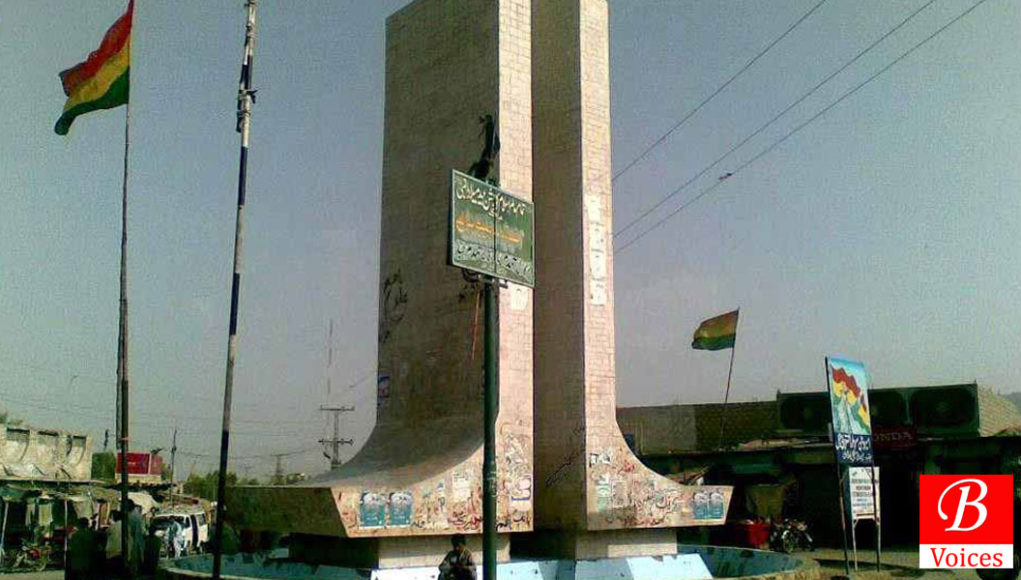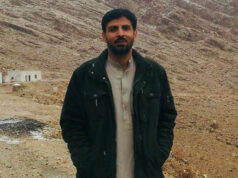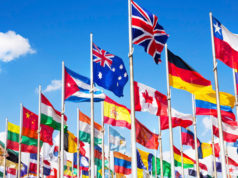Zubair Bajoi
During Arab rule, this region formed the province of Turan and Khuzdar was the capital. It was an important cantonment and was the headquarters of the Arab General Commanding the Indian frontier. Later Khuzdar became a part of the Kalat State. It was the scene of a battle between the people of Jhalawan and the Khan of Kalat in 1869. The Khan of Kalat Mir Khuda Dad Khan was victorious and built here a fort of painted pottery. Consequently, Khuzdar became the main city and capital of the Jhalawan province of the Khanate of Kalat.
With footprints of history, the district is also an important site for agriculture and minerals. The fertile land in the region supports a range of crops, while the abundance of minerals, including barite, chromite, granite, copper, manganese, and marble increased the value of the land. Nevertheless, Khuzdar has not experienced development commensurate with its geographic advantages.
The economy of Khuzdar is predominantly based on agriculture with its allied livestock breeding. The agriculture sector in Khuzdar contributes significantly to the region’s gross domestic products, with crops such as wheat, maize, and rice being the main drivers of economic growth. Livestock breeding, including the raising of cattle, goats, and sheep, is another important contributor to the economy of Khuzdar, providing a source of income for many local families.
Besides agriculture, the construction sector is a major employer, providing job opportunities for a wide range of skilled and unskilled workers. Investment in this sector has the potential to drive economic growth and contribute to the overall development of the region. Concentrating on the construction of new roads, buildings, and other infrastructure in Khuzdar not only bolsters the local economy but also helps to ameliorate the quality of life for the people.
Furthermore, handicrafts and embroidery are important industries that contribute to the economy in a number of ways. These traditional art forms often involve creating unique, handmade items that are sold both domestically and in other parts of the country, particularly in Quetta and Karachi. Certain artisanal, handcrafted products include embroidered shirts, caps, vests, and locally made shoes called chawat.
Additionally, the district is geographically advantageous due to its proximity to various markets and resources via its connections to numerous cities within the country. The city of Khuzdar is situated on the National Highway, which connects it to Quetta, the capital of Balochistan, approximately 300 km away, and to Karachi, the capital of Sindh, approximately 300 km away. If its assets are exploited effectively and adequate investment is made, Khuzdar has the potential to develop into a flourishing metropolis.”
However, despite the contributions of such economic drivers, the region still struggles with poverty. According to the 2021 census conducted by the Pakistan Poverty Alleviation Fund (PPAF), Khuzdar has been identified as an area of extreme poverty. The region’s persisting underdevelopment, largely a result of insufficient attention and funding from the provincial and federal governments, significantly contributes to the high incidence of poverty in the area.
One of the main reasons for the lack of development in Khuzdar is the lack of infrastructure. The district lacks basic facilities such as proper roads, electricity, and clean water, which makes it difficult for businesses to operate and for people to access essential services. Similarly, the lack of access to gas in Khuzdar, the third-largest city in the province known for its gas extraction, highlights the need for a more effective distribution method.
In addition to the lack of infrastructure, Khuzdar has also been affected by ongoing conflicts and security issues. The district has a history of insurgency and has been the site of numerous attacks by militant groups. This has made it difficult for businesses to operate safely.
Despite these challenges, there is significant potential for development in Khuzdar. The district is home to a number of natural resources that, if properly harnessed, could contribute significantly to the economy of Balochistan and Pakistan as a whole. The development of these resources could create new job opportunities and stimulate economic growth in the region.
In order for the potential of Khuzdar to be fully realized, it is important for the government to prioritize the development of the district. This could include investments in infrastructure, improved security measures, and policies that support the growth of businesses and industries in the region. By taking these steps, Khuzdar has the potential to become a thriving and prosperous district, contributing to the overall development of Balochistan and Pakistan.
The writer is a student of BS English literature at BUET Khuzdar. In addition to his studies, he works as a freelancer and content writer on a part-time basis. A native of Khuzdar, Balochistan, Zubair has a passion for literature and writing and is dedicated to using his skills to create engaging and informative content.
Disclaimer: Views expressed in this article are those of the writer and Balochistan Voices does not necessarily agree with them.
Share your comments!








